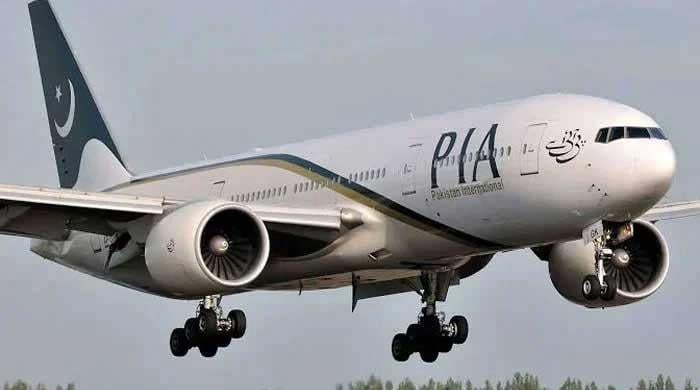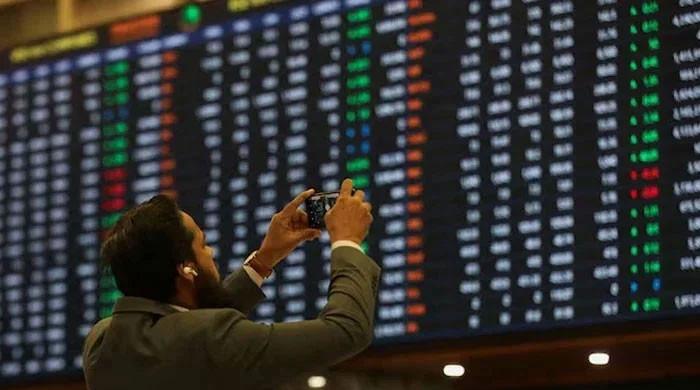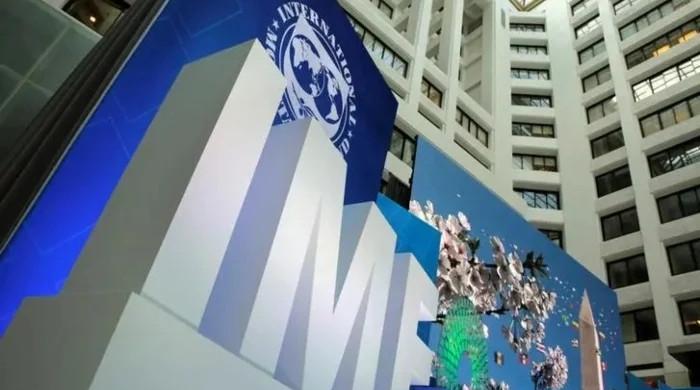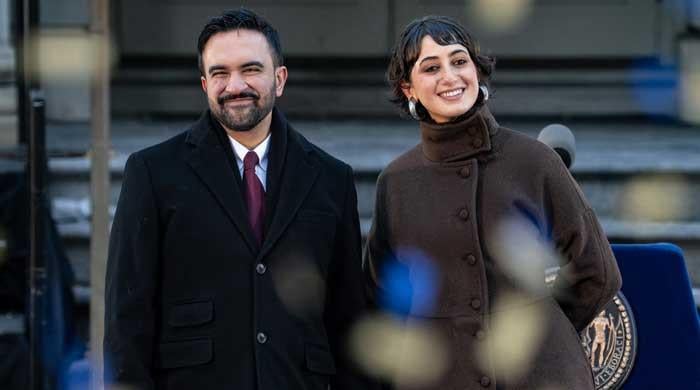The real reason behind PPP's Awami March
PPP leaders are heavily relying on southern Punjab to gain more seats in the province come next polls
March 07, 2022
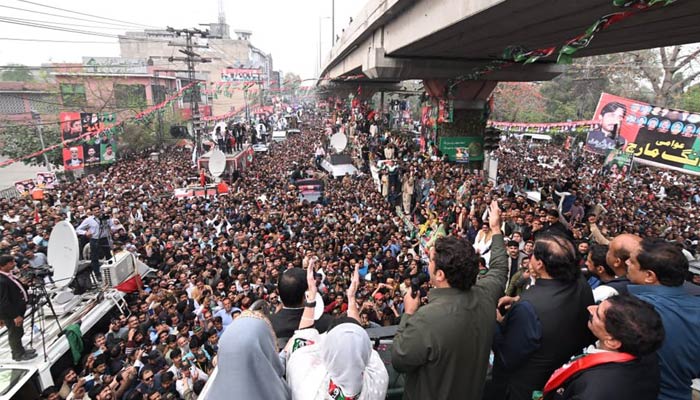
The Bilawal Bhutto-Zardari-led long march — ‘Awami March’ — which started from Karachi on February 27, has some clear political objectives. The 10-day-long Awami March will end with a political gathering in Islamabad on March 8. At present, the caravan is passing through different cities of central Punjab.
The march is the biggest political activity organised by the PPP since the 2018 election campaign. It can be said that this march is the biggest party mobilisation since the martyrdom of Benazir Bhutto in December 2007. Its main objective is to build momentum for the next general elections. The party decided to go ‘solo’ to prove the point that it still enjoys considerable support in different sections of the population.
I don’t think the main objective of this march is to oust the PTI government. The PPP knows well that to oust a sitting government, a completely different kind of mass mobilisation is required. Even though it has put up an impressive show so far, these actions are not enough to pose a serious challenge to the government.
To challenge the sitting government, a political party would need to mobilise thousands of people in all cities. Only this sort of mass mobilisation across the country is likely to paralyse a government. Anything short of that will not be fruitful.
Read more: Drone camera hits Asifa Bhutto-Zardari on face
And this is the reason why Bilawal Bhutto-Zardari has in his speeches made it clear that the Imran Khan government would be ousted through a vote of no-confidence — this means that the ouster would be without a genuine mass movement across the country in which ordinary people including workers, peasants, small farmers, young people, small traders and women actively participate.
The PPP wants to generate some energy and new spirit into party leaders and workers to deal with their demoralisation — caused by back-to-back defeats in the last two elections in Punjab and Khyber Pakhtunkhwa (KP) — and give them confidence and hope. The party is also hoping that with this show of strength and huge mobilisation, it will be able to win over some influential candidates in southern Punjab and KP.
The other objective of this march is to prepare the party organisation for the next general elections. In the last two by-elections in Punjab and the first phase of the local government elections in 17 districts of KP, the weaknesses of the party organisation were exposed. Now the PPP has decided to mobilise and activate the party structure before the general elections.
This march also aims to convince some electables from KP and southern Punjab to join the party and it knows that the PML-N in Punjab might be able to adjust only a few electables. The PML-N already has strong candidates in most constituencies in Punjab. It will lure electables from those constituencies where it has weak candidates.
PPP is hoping that the PTI will fall apart after the fall of the government, and many strong candidates will look for an alternative platform to contest the next elections. PPP wants to present itself as a viable alternative to fully tap the opportunity.
It is going to be an interesting battle between the PPP and the PTI in Punjab and KP to achieve their respective political objectives. The PPP is trying to take back its lost vote bank. The rise of the PTI since 2011 eroded much of the PPP’s vote bank in Punjab and KP. The PTI knows that if the PPP gains ground in Punjab and KP, it is likely to create problems for the PTI.
Read more: Neither Sindh nor Pakistan can progress till PTI is in power, says Bilawal
The PTI will become vulnerable in many constituencies in Punjab and KP if the PPP succeeds in regaining 30 to 50% of its lost vote bank. For now, the PPP’s focus will remain on Punjab and KP, and the PTI will try to take this battle to Sindh to keep the PPP under pressure and to divert its attention from Punjab and KP. How much of the lost ground the PPP is able to gain depends largely on the fate of the vote of the no-confidence motion against the PTI government.
We have seen massive crowds in different cities of Sindh during the march, where Bilawal Bhutto received an emphatic response. Massive crowds were seen on the streets of Karachi, Thatta, Badin, Hala, Hyderabad, Moro, Nawab Shah, Khairpur, Sukkur and other towns.
This mass mobilisation let the PPP take a large number of party activists and supporters to Punjab — and then to Islamabad. It also provided some momentum to the PPP, which it will carry till the upcoming elections.
The PPP still has some base in southern Punjab, but it lacks a vibrant and active organisational structure to fully tap the potential that exists there. PPP leaders are heavily relying on southern Punjab to gain more seats. The slogan of the South Punjab province is not likely to give the advantage the party is looking for. It needs a new economic programme based on its original radical ideas and principles.
The real challenge for the PPP is to make big inroads into Punjab so that it can increase its popularity to such an extent that it wins 30 to 40 seats in the National Assembly. It is facing a political and organisational crisis in Punjab and KP and needs a political and organisational strategy to overcome it.
The political dynamics of Punjab have changed in the last 30 years, but the PPP hasn’t fully grasped this change. The party needs to develop a political narrative for Punjab to attract young people there — just as it has a clear narrative for Sindh. Another problem is that it lacks the vision and programme needed to attract Punjab’s young people. This is a major weakness of the party, which is hampering its growth. More needs to be done to regain the lost ground.
The writer is a freelance journalist.
Originally published in The News





